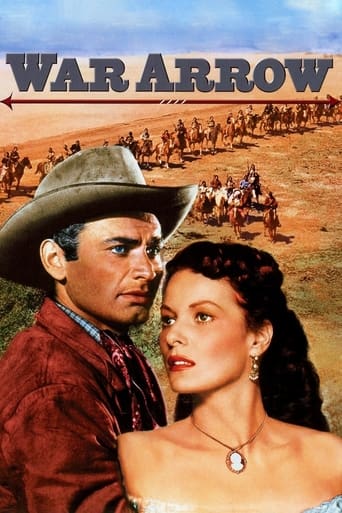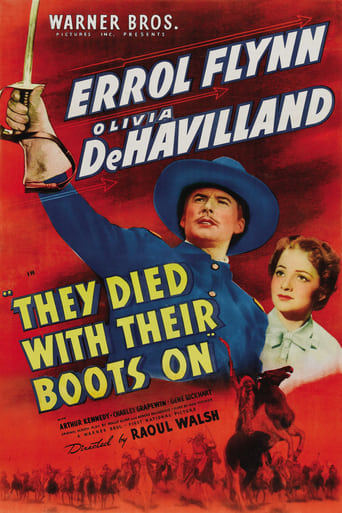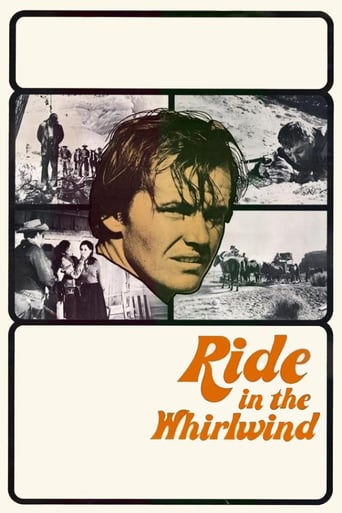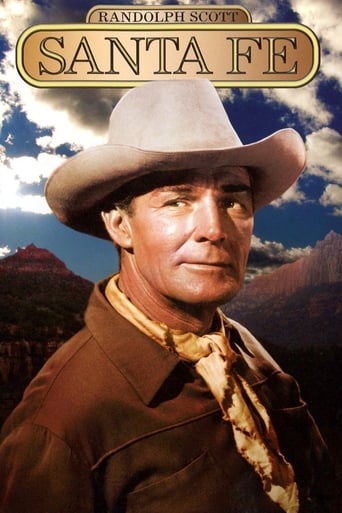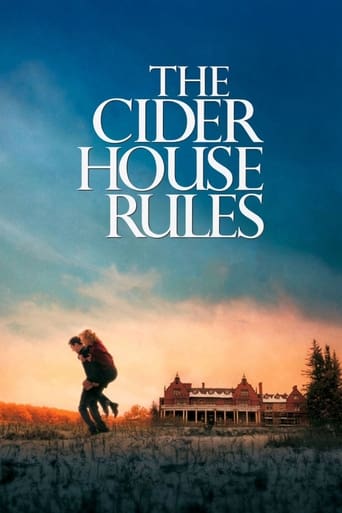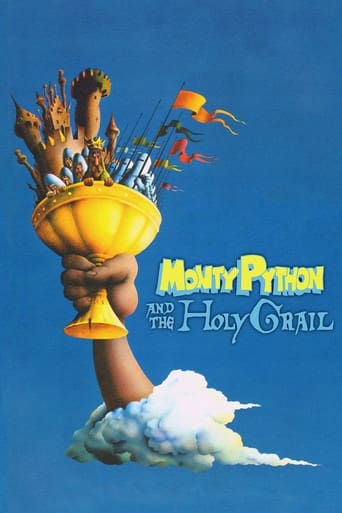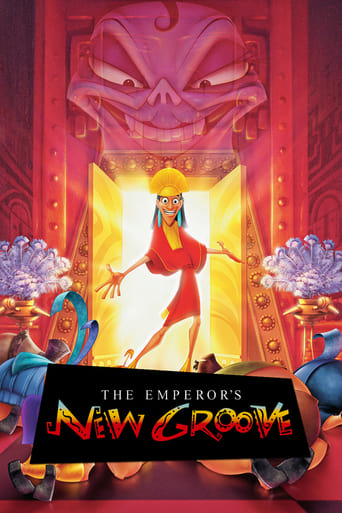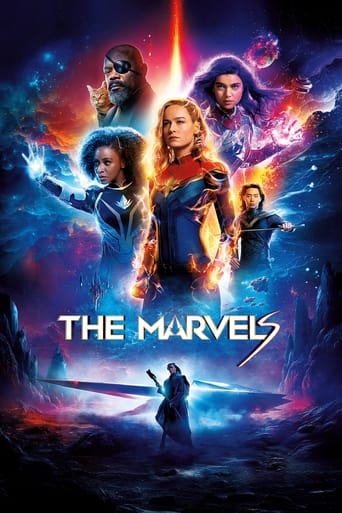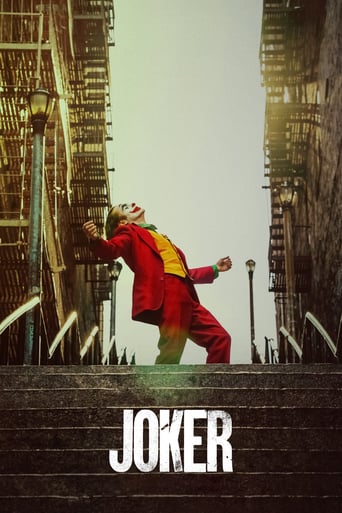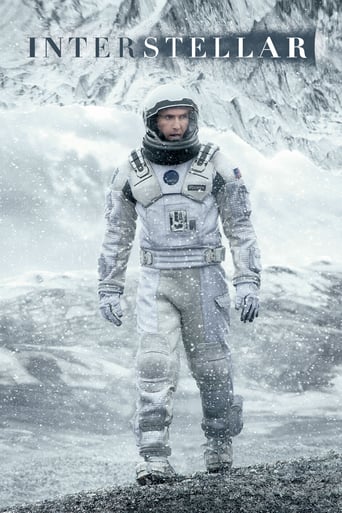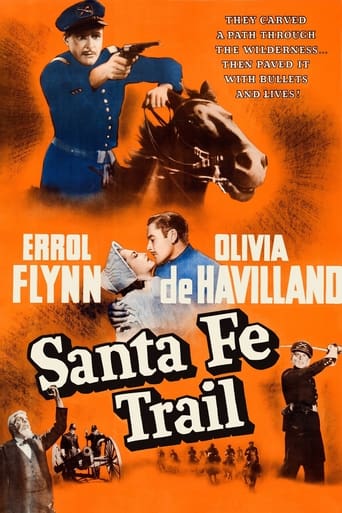


Santa Fe Trail
As a penalty for fighting fellow classmates days before graduating from West Point, J.E.B. Stuart, George Armstrong Custer and four friends are assigned to the 2nd Cavalry, stationed at Fort Leavenworth. While there they aid in the capture and execution of the abolitionist, John Brown following the Battle of Harper's Ferry.
-
- Cast:
- Errol Flynn , Olivia de Havilland , Raymond Massey , Ronald Reagan , Alan Hale , William Lundigan , Van Heflin


Similar titles
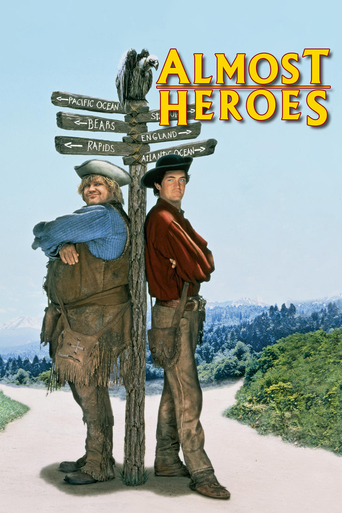
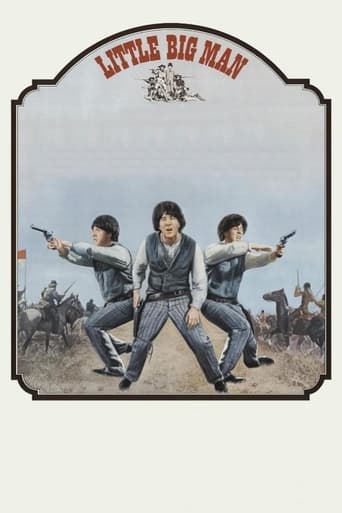
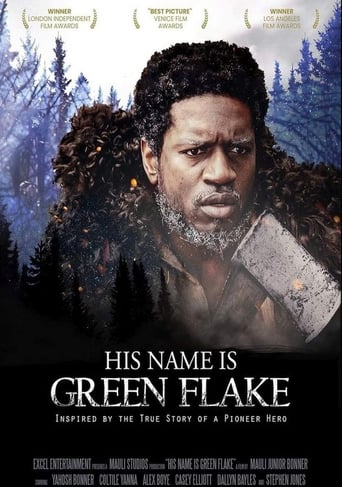
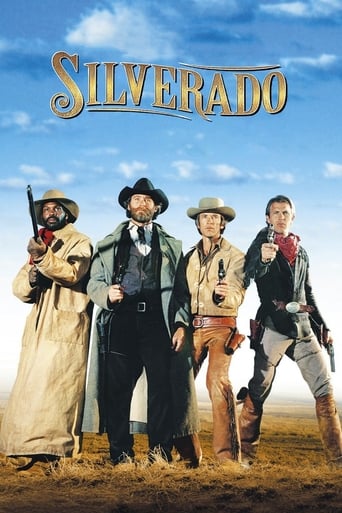
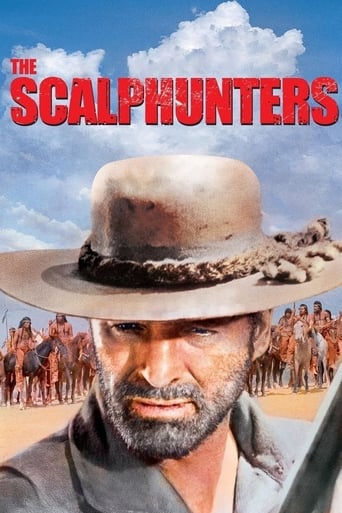

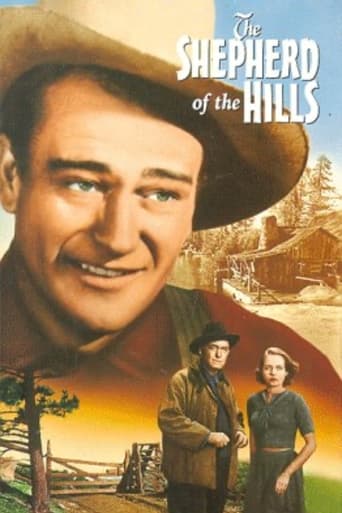
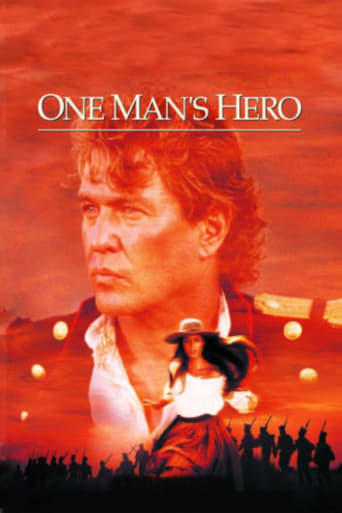
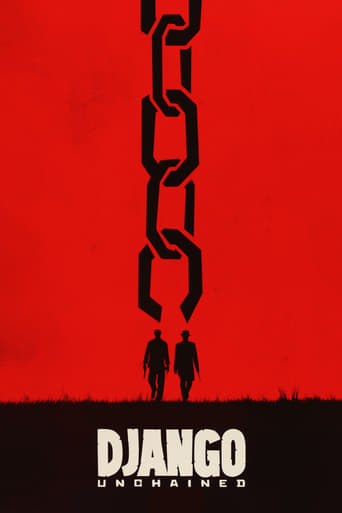
Reviews
To me, this movie is perfection.
A different way of telling a story
If you like to be scared, if you like to laugh, and if you like to learn a thing or two at the movies, this absolutely cannot be missed.
It's easily one of the freshest, sharpest and most enjoyable films of this year.
This very controversial B&W Warner film of 1940 is both an entertaining cavalry western, with several horse chases and shootouts, and an exposition of the philosophical conflicts between pro and anti-slavery proponents, that foreshadowed secession and a long bloody war between the states. As entertainment, it provides an excellent mix of action, drama, humor, mesmerizing monologues by Raymond Massey(John Brown), romance with Olivia de Havilland, and patter within and between the buddy pairs of Errol Flynn(JEB Stuart) and Ronald Reagan(Custer), and Alan Hale and 'Big Boy' Williams.Van Heflin's purely fictional obnoxious character provides an additional element of conflict as a sinister devote of Brown, who proves to have more in common with Benedict Arnold, after not receiving his expected due share of glory and monetary reward for his contributions to the cause. His vengeful role of alerting Federal troops in Washington to Brown's current raid on the Harper's Ferry arsenal has no historical relevancy. Brown's actual force was much smaller than depicted, and mostly neutralized by local militia before Federal troops arrived.As others have abundantly detailed, there are numerous historical inaccuracies in the details in the story of Brown's quest to end slavery in the US, which is what this film is essentially about. Unfortunately, this was standard fare for most Hollywood films of this era. This film has received more than it's share of criticism in this regard because of the emotional central issue of slavery and because the gist of the story is widely known. For example, I don't see damning criticism of the highly distorted contrasts between historic kings Richard and John, in "The Adventures of Robin Hood", because these distortions are not known by the American audiences and lack the emotional impact of Brown's story. Despite all the historical inaccuracies and distortions in details, I believe this film still captures the essence of the times, which is what historically-oriented films should attempt to do. This film clearly favors the view, articulated by Flynn, that slavery would have gradually disappeared from the South over time, without the necessity of southern secession or a bloody war. Clearly, this view offends many reviewers. However, without the ill-advised secession of the southern states as an unwarranted knee-jerk response to the election of Lincoln as president, this is what likely would have happened, despite the schemes of abolitionists. Savvy southern leaders, such as R.E. Lee, Jefferson Davis(both briefly included in the film), and Sam Houston, opposed secession as unwise, realizing that it failed to solve the problem of a lack of new territories for selling excess slaves, and risked widespread destruction by a stronger Union military response. Many reviewers are sarcastic about the convenient fictional West Point 'class of '54', which included a bunch of commonly recognized names in the future Civil War. Of those mentioned, only Flynn's JEB Stuart actually graduated that year. Seems like his buddy in the film should have been his Union counterpart in the war: Phil Sheridan, who graduated the year before. Presumably, the much younger Custer was chosen because of his much more widely recognized name. In any case, the short-shorn Flynn and Reagan bore no physical resemblance to the normally long-haired or well-bearded historical personages. It's Massey's fervent portrayal of Brown that makes this film most memorable. This was the role of a lifetime for him. In some scenes, Brown is portrayed as a murdering madman. In other scenes, he seems the Christ-like messiah he fancies himself to be, thus providing a basis for either view. Brown's hanging is staged as resembling Christ's crucifixion on Calvary Hill, including his Christ-like speech.. Massey often played fanatics or villains, including Lincoln, who was fanatical about making the southern states rejoin the Union, at the cost of a long bloody war. Other memorable characters he played include: the crooked salvager of sunken ship cargoes , in "Reap the Wild Wind", and the slimy villains in the Scott western "Carson City" and the musical "Desert Song".It's my contention that all 3 of Warner's Flynn-starring films released in 1940 have an intended subliminal message of presenting a strong united front against the very clear threat of a fascist-dominated Europe. This is most obvious in the Elizabethan sea war drama "The Sea Hawk", in which the Spanish clearly are presented as analogous to the Nazis in their ambition to take out England as a rival. In "Virginia City", near the end, Union and Confederate elements join together to fight off Bogart's bandidos, who want to steal the contested large gold shipment. This is followed by Flynn's eloquent Lincolnesk speech about binding the nation's wounds, after Lee's surrender. The present film features future Union and Confederate military leaders fighting together to suppress fanatical agitators who threaten to instigate a disunion of the states. Also, I strongly suspect that Brown, as characterized, is actually a metaphor for the dangerous fanatical Hitler: once a street agitator himself. As he is hanged, Lee remarks: "So perish all such foes of mankind". Going back a couple of years, we see a similar message in the replacement of Saxon-abusing acting -King John with the united ethnic policy of King Richard, in the Flynn-starring "Adventures of Robin Hood".
Massey's older brother was Vincent Massey, the first Canadian-born Governor General of Canada. Raymond served in the Canadian Army in both WW1&2 (wounded in both); determined to portray Lincoln as well as John Brown as often as he could, once he was an American citizen he only dabbled once in (civilian) politics, appearing in a television endorsement in 1964 in support of conservative Republican presidential nominee Sen. Barry Goldwater (R-AZ.) In it, Massey denounced the Vietnam War, saying Goldwater also opposed it, ending by quoting the famous Goldwater campaign slogan: "You know he's right!" It can be seen on YouTube.
Santa Fe Trail (1940)Here's one of the great and not so rare mysteries of the movies. How in the world can the same people who put together some of the great classics be responsible for the near-clunkers just a year before or after? "Santa Fe Trail has great themes--slavery, John Brown, and the coming Civil War--and it's not a bad film, surely, but it has some awkward moments, some filler, and is not half the movie it could have been. It seems almost to want to follow along the success of the great Civil War themes of two other recent successes, "Jezebel" (1938) and "Gone with the Wind" (1939), but it gets distracted by little bits of nonsense and some awful writing."Santa Fe Trail" has the same director (Michael Curtiz) who would make "Yankee Doodle Dandy" and "Casablanca" two years later, the same leading actress (Olivia de Havilland) who had just finished an important role in "Gone with the Wind" and would win an Oscar for "The Heiress" later in the decade. There's music by the best in the business, Max Steiner, and photography by one of the best, Sol Polito. In fact, in the best scenes, like the night fighting halfway through, the photography is excellent and the music charges it up with good Steineresque excess.So what goes wrong? You might start what is called chemistry. The director is definitely to blame for not making the parts fit together in the first half, using lots of intertitles and chopping up the progress between fairly dull scenes (Curtiz had a famously up and down career). But other things must be at work that we can't see. The cast and crew and worked together, in parts ore in entirely, many times as part of the famous Warner Bros. family. Polito and Curtiz had just made other Westerns together, some with de Havilland. And the leading man Errol Flynn worked often with all three, including one of Curtiz's most famous films, "The Adventures of Robin Hood." Of course, that one had Bette Davis, too.And this one has Ronald Reagan. (If you wonder if he can act this is bad place to start because he's an awkward, handsome dud.)The key problem here is something Curtiz should have controlled--the script. As a two sentence pitch to the producer it sounds great--the wild-eyed John Brown is on a violent anti-slavery crusade in Kansas and a group of young West Point graduates are sent there to bring order. The story is loaded with unnatural foresight about the coming war against slavery, and even the war against the Indians (because General Custer is one of these young military men). It's the story of John Brown, mostly, and yet this story gets watered down by a silly rivalry over de Havilland (Flynn vs. Reagan), and with a somewhat caricatured mercenary Northerner (played well by Van Heflin) who joins Brown on his rampage.At one point de Havilland, translating a fortune-telling Indian to all these men, says, "Two of us are going to kill him, but none of us can stop him." And this is the best writing in the movie, bringing the themes to the front. It's about morality at the deepest level. It's about how wrong John Brown was, and how right. Turning it into a partly-joking, partly bitter and violent series of escapades doesn't do any of it justice. Including the movie itself.The last scenes are sort of epic and characteristic Curtiz, who could handle complicated movie-making like few others. His use of dramatic light, lots of foreground and background action at once, and moving camera are all put to use here. The terror of the God-crazed and "righteous" John Brown becomes central to the plot, and the famous battle at Harper's Ferry is depicted with a fury. The year is 1859 at this point, and what Harper's Ferry meant most of all was the inevitability of the Civil War, which started two years later. Some people give John Brown respect for being willing to cut through the pacifist chit-chat by politicians and get the things rolling. This is a small attempt to make it come alive on the screen.
Errol Flynn is lost and Olivia de Havilland wasted in one of their last films together, an oddball Westerner that straddles the Mason-Dixon line presenting events leading up to the American Civil War.Not a good film, "Santa Fe Trail" is nevertheless fascinating now because of the political and social undercurrents running through it. Sensitive to Southern moviegoers still smarting 75 years after Appomattox, the filmmakers present a convoluted tale where all of the terribleness of the War Between the States can be laid on the doorstep of that terrible scourge: Abolitionism.Anti-slavery terrorist John Brown is on the loose, and it's up to Flynn to stop him, as future Confederate legend J.E.B. Stuart, still a U.S. Army officer as the war looms on the horizon. Stuart is presented as a champion not of slavery but of the status quo it is his duty to protect. Still, it's hard to find merit in his stance. "The South will settle it," Stuart says about slavery, "but in its own time and in its own way." No use rushing into righting an 80-year wrong, right?Director Michael Curtiz and scripter Robert Buckner fall short in terms of story, too. Is this a Western? Or is it a love story? Again, cinematic economics are pretty transparent given how awkwardly Olivia is shoehorned into the film, standing on the sidelines and wringing her hands. She's beautiful and charming, but her scenes with Flynn are overlong compendiums of romantic cliché, made worse by a melodramatic and hyperactive Max Steiner score.Playing the token liberal here is Ronald Reagan as George Armstrong Custer. Read that last sentence back if you want to know why some people really hate this film. "There's a purpose behind that madness," Custer says of Brown, "one that cannot easily be dismissed." But Custer doesn't protest too long, and the implication is clear that whatever Brown is fighting for doesn't outweigh his endangering the Union, for Custer or Stuart.Luckily for the filmmakers, they had Raymond Massey on hand to play Brown, eloquent in word but constantly threatening to go off the deep end. Massey was a florid overactor, but he had in Brown the right part and makes the most of it. Even better is Van Heflin, as a nasty bravo named Rader whom Stuart tangles with at West Point and again later on when Rader inserts himself as one of Brown's deputies. Rader's a great foil, allowed to say some worthy things about the anti-slavery cause, but more compelling in how his anger-choked personality comes to clash with that of the self-righteous Brown. Heflin grabs every scene he's in with those beady eyes and high forehead, and it's probably why he rose to movie prominence soon after.Far less successful is the film's effort to develop a romantic rivalry between Stuart and Custer. We have a pretty good idea de Havilland won't wind up with the Gipper. Alan Hale and Guinn Williams bicker like old maids for the sake of bad comedy, playing a pair of battle-hungry cowhands: "Calling me a rumpot's what hurt me...I haven't had a drink since noon!"Even Curtiz the celebrated action director falters here. Halfway through the film there's a battle where Brown and his men hold up Stuart's troops, then ride off with a cache of weapons, leaving Stuart's force inexplicably still armed. Vastly outnumbered, Stuart chases them anyway. Brown obliges him by not turning around to fight, leaving the cache behind."Hey, wait a minute, they outnumber us three-to-one," protests Custer. With an attitude like that, he'll never make the history books.However factually and dramatically flawed, "Santa Fe Trail" is one for the history books, in a way that shows how imperfectly the United States was coming to terms with its slave-holding past three generations on. It's not a good film even without its moral dubiousness, but that same dubiousness makes it historically worthy, as a reflection of just how hard it was for a nation to face a searing legacy of accepting the treatment of human beings as cattle.

